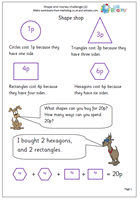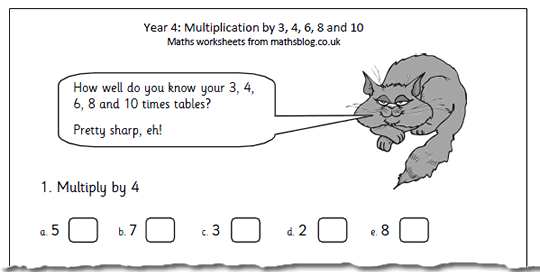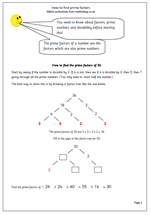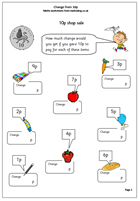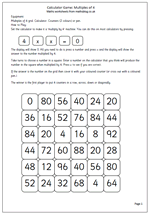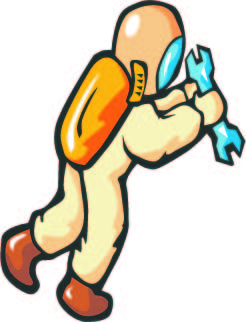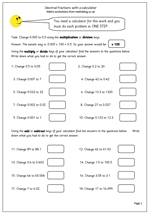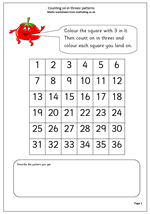 Number squares can be a great way to show some of the fantastic and fascinating patterns that numbers can make. We are used to the 10 by 10 number square but, of course, they can be any size and the different sizes can create different patterns when counting on. For example, the first number square on this maths worksheet is a 6 by 6 square. When the multiples of 3 are coloured we get two vertical lines of colour. However, when using a 7 by 7 square, the pattern changes. Why is this?
Number squares can be a great way to show some of the fantastic and fascinating patterns that numbers can make. We are used to the 10 by 10 number square but, of course, they can be any size and the different sizes can create different patterns when counting on. For example, the first number square on this maths worksheet is a 6 by 6 square. When the multiples of 3 are coloured we get two vertical lines of colour. However, when using a 7 by 7 square, the pattern changes. Why is this?
This type of exercise can be used many times and soon children should be able to predict the kind of pattern that will be made, as well as having some practice with learning their tables!
